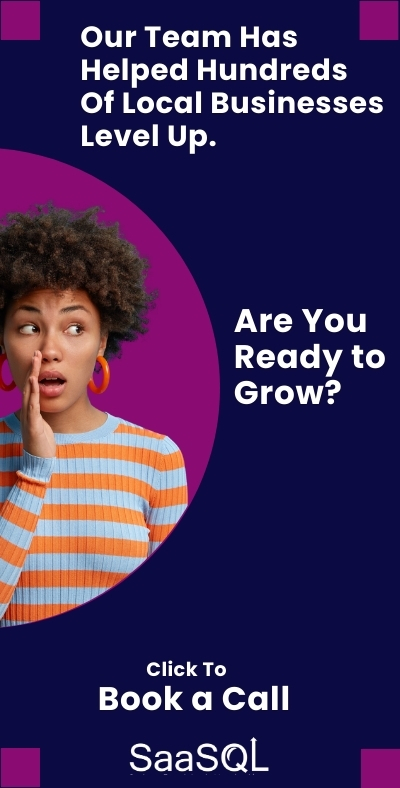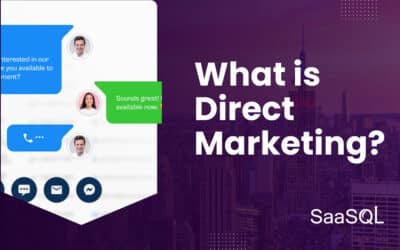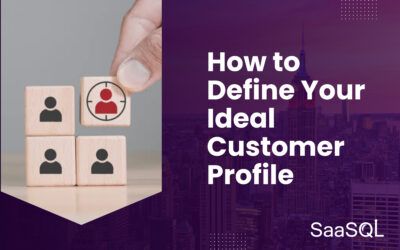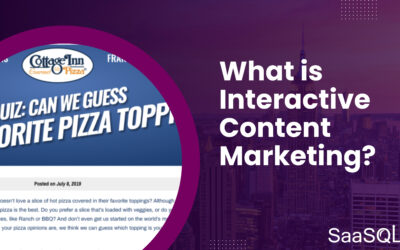The insurance industry is undergoing significant changes, driven by technology, and a dynamic market that has seen new products, evolving customer expectations and economic conditions.
As, across various insurance lines there’s a shortage of available coverage and a significant increase in premiums, customers have gotten increasingly comfortable using online platforms and InsurTech solutions for their insurance needs.

All of this, in addition to new competition from tech startups and non-traditional players who have entered the market, has created a scenario in which Insurance agents and agencies are challenged to redefine the way they identify their ideal prospects, and effectively market to them.
Here we will cover some of the marketing-related challenges being tackled by leading insurance companies, which sets the stage for our top insurance marketing trends for 2024.
[ez-toc]
How are Market Conditions Impacting Insurance Marketing Strategy?
Due to the challenges outlined, effective the insurance industry has had to become increasingly strategic, focused and adaptable. As a result, one of the key trends shaping this evolution is personalization and customization at the product level.
Customers today expect their insurance policies to be tailored to their individual needs and behaviors. The ways in which insurers effort to deliver on this expectation has created unique marketing challenges, as well as opportunities.
On one hand, the development of new insurance products has opened a wealth of potential for customer acquisition. On the other, it has created a need to educate the targeted consumer in new, yet foundational ways.
What New Product Strategies Are Insurance Companies Using?
The following key ways insurance companies are personalizing and customizing their offerings are an effort to understand the unique challenges consumers face, meeting them where they are from a financial perspective.
- Usage-based insurance (UBI): UBI allows customers to pay for insurance based on their actual driving habits, rather than a fixed rate. This can lead to significant savings for safe drivers and provides a more accurate reflection of individual risk.
- Micro-insurance: Micro-insurance policies are designed to provide affordable coverage for specific needs, such as mobile phone protection or short-term travel insurance. This can be a great way for insurers to reach new customer segments and offer more flexible coverage options.
- On-demand insurance: On-demand insurance allows customers to purchase temporary coverage for specific activities, such as renting a car or participating in a sporting event. This provides flexibility and convenience for customers and can be a valuable source of additional revenue for insurers.
How Do Insurance Companies Use Personalization & Customization In Marketing?
As with any targeted marketing effort, personalized insurance marketing begins with having a comprehensive understanding of the consumer group you’re trying to reach.
In this article, we’ll assume that the time has been taken to do the necessary research to build out the personas that can be effectively targeted. To learn more about that process, read our article about how to identify your ideal customer profile.
With the key personas in mind, successful insurance marketing comes down to the key ways in which insurance companies are aligning the product, messaging and audience. All of which is reliant upon real data-driven insights.
By leveraging first party data analytics ad third-party data sources (that are balanced with a focus on privacy concerns), insurers can gain a deeper understanding of their customers’ needs and preferences. This information can be used to personalize marketing messages for both new prospects and existing customers, tailoring product recommendations, and even customer service interactions.
But personalization goes beyond merely putting relevant products and pricing in front of the ideal personas. Critically, it also extends to the customer experience.
What Does Insurance Marketing for Customer Experience Look Like?
This aspect of the insurance marketing process is really about personalizing a unique experience for each person as they move through the customer decision making process. It’s about understanding the unique questions they must have answered to make a choice. What’s more, it’s about having a clear understanding of the factors that will guide those decisions. From a strategic perspective, innovative insurance marketing campaigns are making use of:
- AI-powered chatbots: Chatbots can provide 24/7 customer support, answer frequently asked questions, and even offer personalized recommendations. This can improve customer satisfaction and reduce operational costs for insurers.
- Interactive websites and apps: User-friendly websites and mobile apps can provide customers with self-service options, account management tools, and personalized content. This empowers customers and gives them more control over their insurance experience.
- Self-Service Risk Assessments: Allow customers to assess their individual risks and receive personalized feedback on coverage options.
- Customized Nurture Sequences: Utilizing a cross-channel marketing approach, individual personas receive a customized mix of email, SMS and even Social Media interactions in a way that helps answer critical questions, highlight opportunities and guide their decision making.
- A.I. & Machine Learning Automation: Imagine delivering targeted messaging that gets a consumer’s attention, guiding them with A.I. driven marketing automation through text, ringless voicemail (and even live conversations), delivering them to interactive online experiences and then moving them through the pipeline with the nurture sequences detailed above. All without the need for any human interaction.
What is An Example of a Personalized Approach to Insurance Marketing?
Marketing a UBI Program
Among the newer products being leveraged by insurance agencies Usage-Based Insurance (UBI) personalizes car insurance costs based on driving habits. Telematics devices or smartphone apps track factors like mileage, time of day driven, and braking patterns.
Safer drivers with fewer miles and responsible behavior typically qualify for lower premiums, rewarding responsible individuals and offering a fairer pricing structure. However, privacy concerns, technology dependence, and potential drawbacks for high-mileage drivers (not to mention the need for consumer education) make marketing UBI programs a challenge.
Here’s what a tailored insurance marketing strategy might look for UBI
The Skeptical Public: As always, we start with our target consumer. Let’s imagine we have a key persona that we’ll call the Skeptical Public. This is an audience that is likely to benefit from a UBI program, representing significant opportunity for the agency, but is demonstrably skeptical about this type of new technology or systems. Let’s review our detailed approach:
- Focus on data and evidence: First, we focus on addressing common concerns about privacy, reliability of the technology and potential negative rate impacts with factual information and pilot program results. This could be delivered in short-form video content, articles and even PR.
- Emphasize potential cost savings: Highlight how safe drivers can save significantly on their premiums compared to traditional insurance plans. Use clear visuals and testimonials showcasing real-life savings examples.
- Focus on personalized pricing: Frame UBI as a “fairer” system where individuals pay based on their actual driving habits, not generic factors like age or location. Provide access to interactive online tools that enable users to estimate their own pricing based on their personal habits.
- Address safety and responsibility: Position UBI as a program that encourages safe driving habits, contributing to safer roads and communities. This could be social content that carries visuals of the family, reinforcing the ways in which a UBI program helps protect our skeptical public’s children.
- Transparency and education: Clearly explain how UBI works, data collection practices, and privacy measures to address potential concerns. Highlighting technology and security, showcase the reliability of the security feature, providing access to test the apps used for data collection.
- Offer incentives and rewards: Consider introductory discounts, referral programs, or gamified features to encourage participation and engagement. Here, one might establish partnerships, collaborating with local auto dealerships, ridesharing companies or other organizations to help get the word out.
All of which is designed to guide our skeptical public to take one step after another, in their path to becoming an educated and interested advocate. A powerfully built marketing strategy, touches on each of the emotional and factual elements that will become a factor. In the base cases, all of this is done across various channels in a non-obtrusive, helpful way.
Wrapping Up
Even as we detail these techniques, the insurance industry is rapidly evolving, and our focus on effective insurance marketing strategies will also continue to evolve.
As new technologies, economic conditions, competition and consumer preferences continue to shift, insurers will increasingly focus on personalizing and customizing their offerings to meet the needs of their customers. And of course, good marketing will follow that lead.
As insurers continue to innovate, it will be interesting to see how they leverage personalization and customization to further differentiate themselves in the marketplace.









